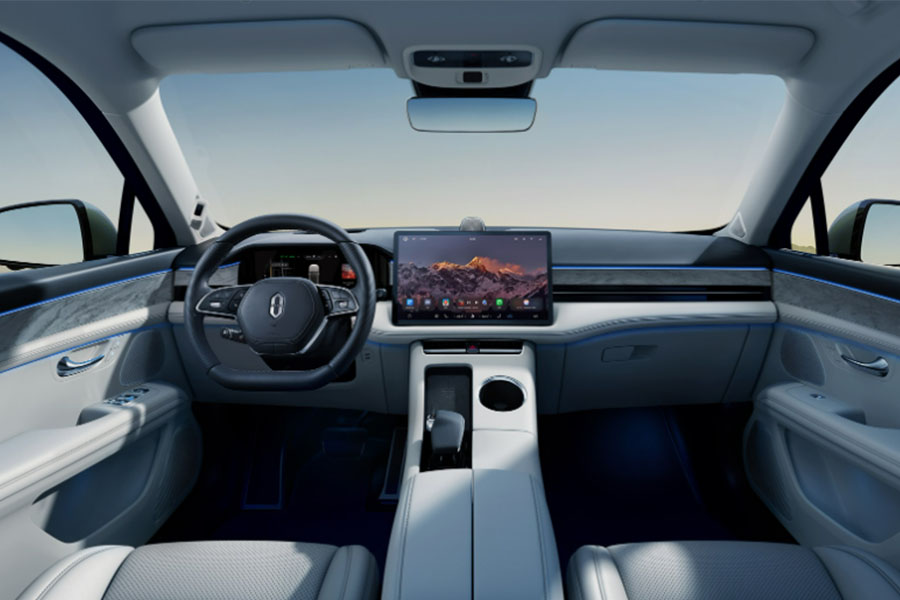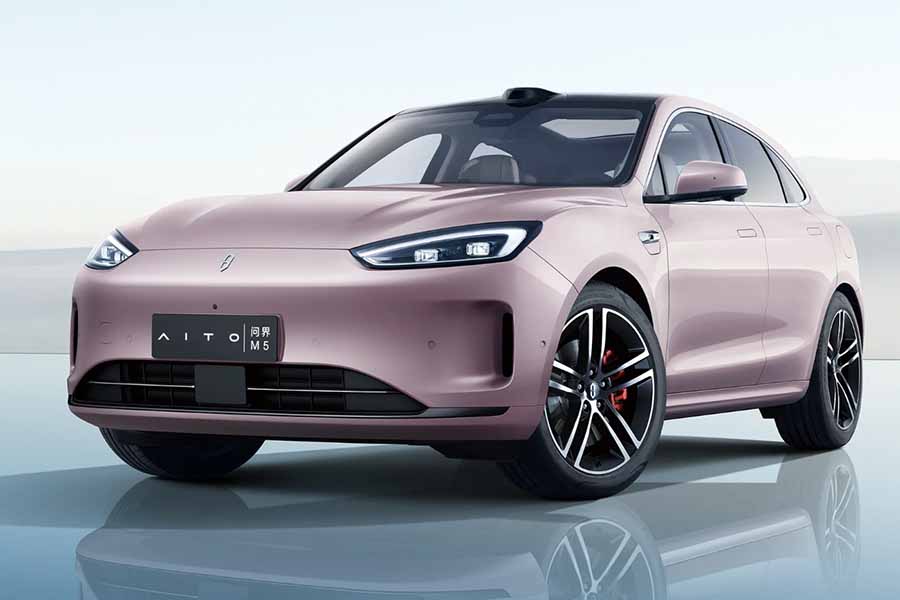Chinese tech giant Huawei unveiled its latest breakthroughs in the autonomous driving space at the "Huawei Smart Car Solution Conference 2023" held on April 16. Dubbed "Huawei ADS 2.0", the company says it also brings the industry's first laser fusion GOD technology. And looking at all its features, Huawei's second-gen autonomous driving system might pose a big threat to Elon Musk's Tesla. Let's learn more.As mentioned before, ADS 2.0 navigates using road network topology inference rather than relying on precision maps. This makes navigation safer as well as eliminates room for mapping errors due to changes in road infrastructure.Commercial vehicle makers that have partnered up with Huawei either have the basic or the advanced package equipment. While the premium package equipment can be added as an optional purchase. The basic package offers Active Safety Assist, Active Cruise Control, and a 360-panoramic view. Similarly, the advanced option adds add high-speed cruise assist and smart parking capabilities, whereas the premium package has valet parking and Urban Navigation assistance.
Huawei ADS 2.0 and GOD Overview:
Autonomous Driving System 2 (or ADS 2.0 for short) is an impressive self-driving technology that functions without the need for high-precision accurate maps. Whereas GOD stands for Generalised Object Detection, which uses multiple sensors to detect and identify objects and obstacles.Utilizing a road network topology inference technology, Huawei's ADS 2.0 can more accurately and reliably map out its surrounding. Through this, it can identify traffic lights, intersections, and other road elements. Traditionally, autonomous driving technology makes use of high-precision maps that are both costly and time-consuming to produce. Moreover, they require frequent revisions due to infrastructure changes. Hence this new technology is more practical and can be implemented on a large scale. Mr. Yu Chengdong, CEO of Huawei Smart Car Business Group, shared a similar sentiment about it.Huawei ADS 2.0 and GOD Features
Navigation
- [caption id="" align="alignnone" width="900"]Huawei AITO M5[/caption]

Safety
Huawei’s new GOD (Generalized Obstacle Detection) technology uses multiple sensors like lidar, millimeter-wave radar, and cameras to detect obstacles like falling rocks or overturned vehicles and decelerate or stop completely. This allows it to safely navigate unknown and irregular obstacles that might not be a common occurrence. GOD technology is more accurate than the current obstacle detection algorithms so smart cars with ADS 2.0 and GOD will be much safer than they are today.- Also Read:
- Huawei Nova 11 series goes official with 120Hz OLED display, satellite connectivity
- Huawei MateBook D14 and D16 (2023) launched with Intel's 13th Gen CPUs
- Huawei Band 8 renovates budget fitness wearables with improved health tracking
Speed
ADS 2.0 has been optimized for high-speed drives too. The manual takeover mileage, which is the distance a car can travel on autopilot before a driver takes over, has also increased from 100 km in ADS 1.0 to 200 km in ADS 2.0.Parking
When it comes to parking, ADS 2.0 has a couple of tricks up its sleeves. It can do an automatic search for available parking spaces or a 360° scan of your surrounding for parking discovery. There is a special valet parking system that supports 160 different kinds of "intelligent" parking. Such as ramp parking spaces, underground parking, and other unconventional spaces.Variants
Huawei currently offers ADS 2.0 in 3 packages: basic, advanced, and high-end/premium.The AITO M5 2024 Advanced Intelligent Driving Model will be the first car to roll with these technologies. Avita 11 and 1643912116053905414 target="_blank" rel="noopener">Arcfox Alpha S·HI will be the next in line to have ADS 2.0 and GOD technology.- [caption id="" align="alignnone" width="900"]AITO M5 2024 (Advanced Intelligent Driving Model)[/caption]

Huawei ADS 2.0 Price
Huawei ADS 1.0 and ADS 2.0 can be purchased either with a one-time fee or on a monthly/annual subscription.| Variant | One time purchase | Annual subscription | Monthly subscription |
| ADS 1.0 | CNY 32,000 | CNY 6,400 | CNY 640 |
| (~ USD 4,645) | (~ USD 930) | (~ USD 93) | |
| ADS 2.0 | CNY 36,000 | CNY 7,200 | CNY 720 |
| (~ USD 5,225) | (~ USD 1,045) | (~ USD 104.5) |
- Meanwhile, check out our impressions of Realme GT Neo 5 (Realme GT 3)

To say something about myself, I have been writing tech and gadgets from 2021. Although coming from a non technical studies background, I'm someone who is always fascinated by the latest gadget and tech innovations, circling around. Besides writing, you'll find me listening music and aligning the stars through astrology and sometimes even, tarot cards! 😉🧿
Comments
No comments yet. Add a comment to start a discussion





